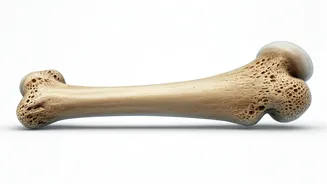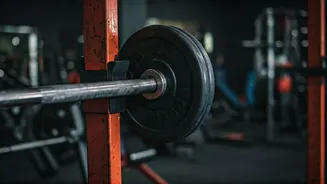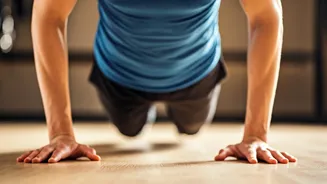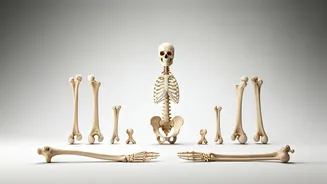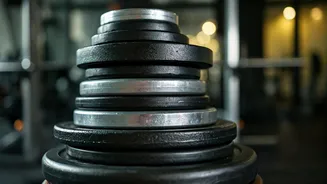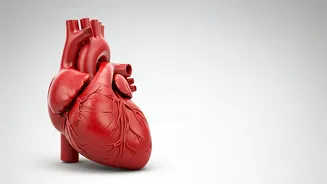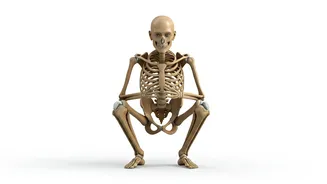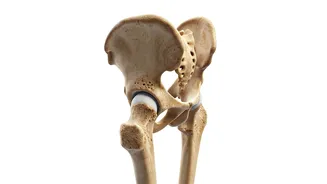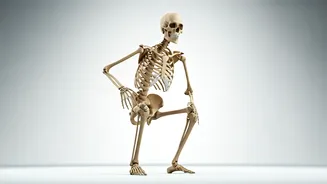Understanding Bone Health
Bone health is critically important as we age, influencing our overall well-being and mobility. Bone density naturally decreases over time, making us more
susceptible to fractures and injuries. Regular exercise is a cornerstone of maintaining strong bones, offering significant benefits. Weight-bearing exercises, in particular, are vital, as they stimulate bone cells to grow and become denser. This proactive approach to fitness can significantly improve the quality of life, allowing individuals to remain active and independent. This article will help you navigate bone health improvements.
Kneeling to Low Squat
The kneeling to low squat exercise is a great starting point for improving bone density and enhancing overall mobility. To begin, assume a kneeling position on a comfortable surface. From this position, slowly lower your body into a low squat, keeping your back straight and your core engaged. Maintaining balance throughout the movement is vital. Return gradually to the kneeling position. The kneeling to low squat helps strengthen the bones in your lower body while simultaneously improving your balance and coordination. Repeat this exercise for several repetitions, gradually increasing the number as you feel stronger. Remember to listen to your body and avoid pushing yourself beyond your limits, especially when starting a new exercise routine. It will help in enhancing flexibility and maintaining joint health.
Reverse Table Tap
The reverse table tap exercise is a dynamic movement that promotes bone health, particularly in the core and upper body. Start by sitting on the floor with your knees bent and feet flat on the ground. Place your hands on the floor behind you, fingers pointing toward your body. Lift your hips off the floor, forming a table-like position. From this position, gently tap your hips towards the floor. Then, return to the table position. The reverse table tap not only strengthens your core and arms but also provides a mild weight-bearing challenge that can stimulate bone growth. The constant engagement of muscles during this movement helps improve balance and enhance overall body coordination. Focus on controlled movements throughout the exercise. Remember to keep your movements smooth to optimize benefits and prevent potential strain or injury. Repeat this exercise, gradually increasing the duration as you improve.
L Sit
The L-sit is another effective exercise that supports bone health and builds core strength. Begin by sitting on the floor with your legs extended straight in front of you. Place your palms firmly on the floor beside your hips, with your fingers pointing forward. Engage your core and lift your legs off the ground, forming an 'L' shape with your body. Hold this position for a few seconds, focusing on keeping your core tight and your back straight. Lower your legs slowly back to the ground. The L-sit improves bone density while also building strength in your core, arms, and shoulders. This exercise challenges your muscles and strengthens your bones. It improves overall posture and provides a significant boost to your bone health. You can modify the L-sit by bending your knees to make it easier or by holding the position for longer periods as your strength increases. Listen to your body and increase the duration of holding the L-sit according to your comfort levels.
Kneeling Windmill
The kneeling windmill exercise provides a unique combination of balance, core engagement, and improved bone health. Start on your knees with your hands placed shoulder-width apart on the floor. Rotate your upper body, reaching one arm towards the ceiling and following the movement with your gaze. Rotate your body back to the starting position. The kneeling windmill stimulates bone growth in the spine and shoulders while enhancing flexibility and coordination. The twisting motion promotes spinal health. It strengthens the core muscles, which are essential for overall stability. Focus on controlled movements and breathe deeply throughout the exercise. This dynamic movement stimulates bone growth and improves joint mobility. This can be adapted based on comfort levels. The kneeling windmill is a comprehensive exercise for total body health.
Lateral Glide with Knee Tap
The lateral glide with knee tap is a dynamic exercise that improves bone density and enhances leg and hip strength. To start, stand with your feet hip-width apart. Step to the side, lowering your body into a squat while tapping your opposite knee with your hand. Return to the starting position and repeat on the other side. This exercise improves balance and coordination. The lateral glide with knee tap is particularly effective at strengthening the bones in your legs and hips. The lateral movement helps strengthen the muscles around the hips and knees, while the squatting motion places a mild weight-bearing load on the bones. Maintain a straight back throughout the exercise and keep your core engaged for optimal support and stability. It will also help improve overall mobility and prevent injuries. Consistent practice of this exercise will enhance your bone health.
Alternate Sitting and Rising
The alternate sitting and rising exercise offers a straightforward way to fortify your bones. Begin by sitting on a chair with your feet flat on the floor. Slowly stand up, engaging your leg muscles. Then, slowly sit back down, maintaining control throughout the movement. This exercise strengthens the bones in your legs and hips while also improving your balance. It is a fundamental movement that simulates everyday activities, making it highly functional. The alternate sitting and rising exercise provides a gentle yet effective way to stimulate bone growth and maintain your independence. Concentrate on slow, controlled movements, focusing on proper form. If you're new to exercise, start with a chair that's higher to make the movement easier. Repeat this exercise for several repetitions.
